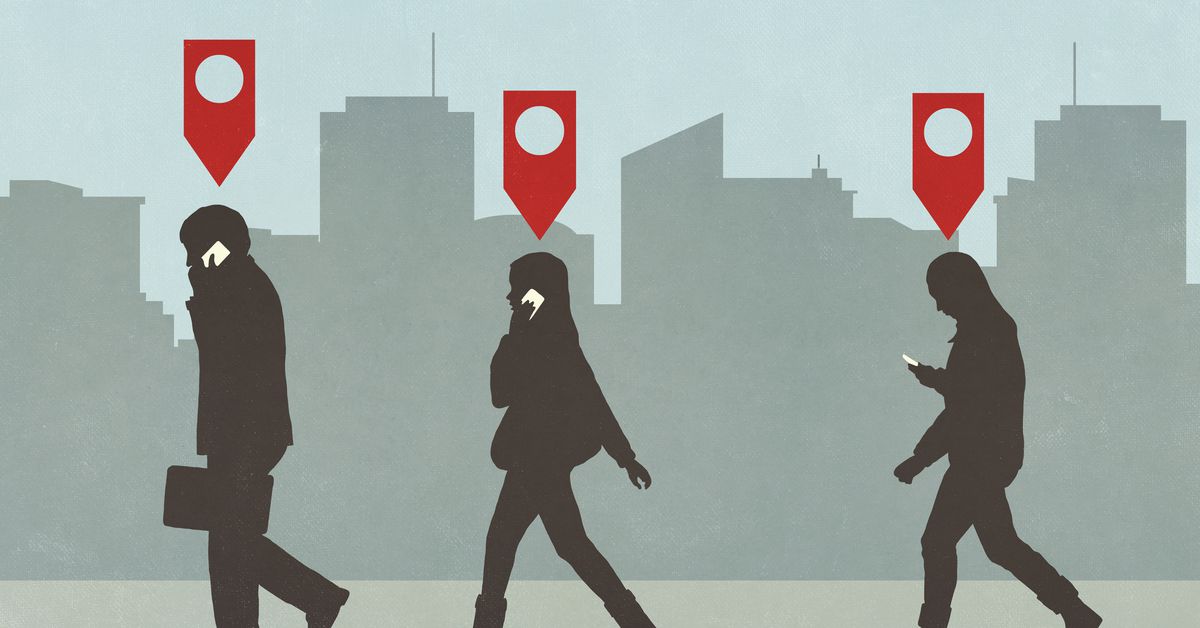The number of people employed in nontraditional ways in the US rose to a record 51 million this year, an unprecedented 34 percent jump compared to 2020
…
these types of workers are now equivalent to a third of US employment.
…
Why are people choosing gig work?
Despite a rapid economic recovery, there are still 6 million fewer employed Americans than there were pre-pandemic, according to Bureau of Labor Statistics data. Many of those have had to turn to independent work — which often gets missed by the BLS data — to compensate.
Other independent workers do have regular jobs, but those jobs just don’t provide enough money. Nearly three-quarters of new part-time independents in the MBO survey said they took on independent work to supplement their incomes.
“Making ends meet has just gotten harder and harder,” Steve King, a board member at MBO and a future of work expert, told Recode. “In our world, it’s very challenging for a lot of people to hit their monthly target.”
Low wages aren’t the only shortcomings of traditional employment.
“By and large, what we’ve seen over the last four and a half decades is just huge erosion of worker leverage in a way that’s led to just incredibly low job quality for huge swaths of our labor market: low wages, low benefits, bad hours, bad working conditions,” Heidi Shierholz, director of policy at Economic Policy Institute think tank and former chief economist at the US Labor Department, told Recode.


